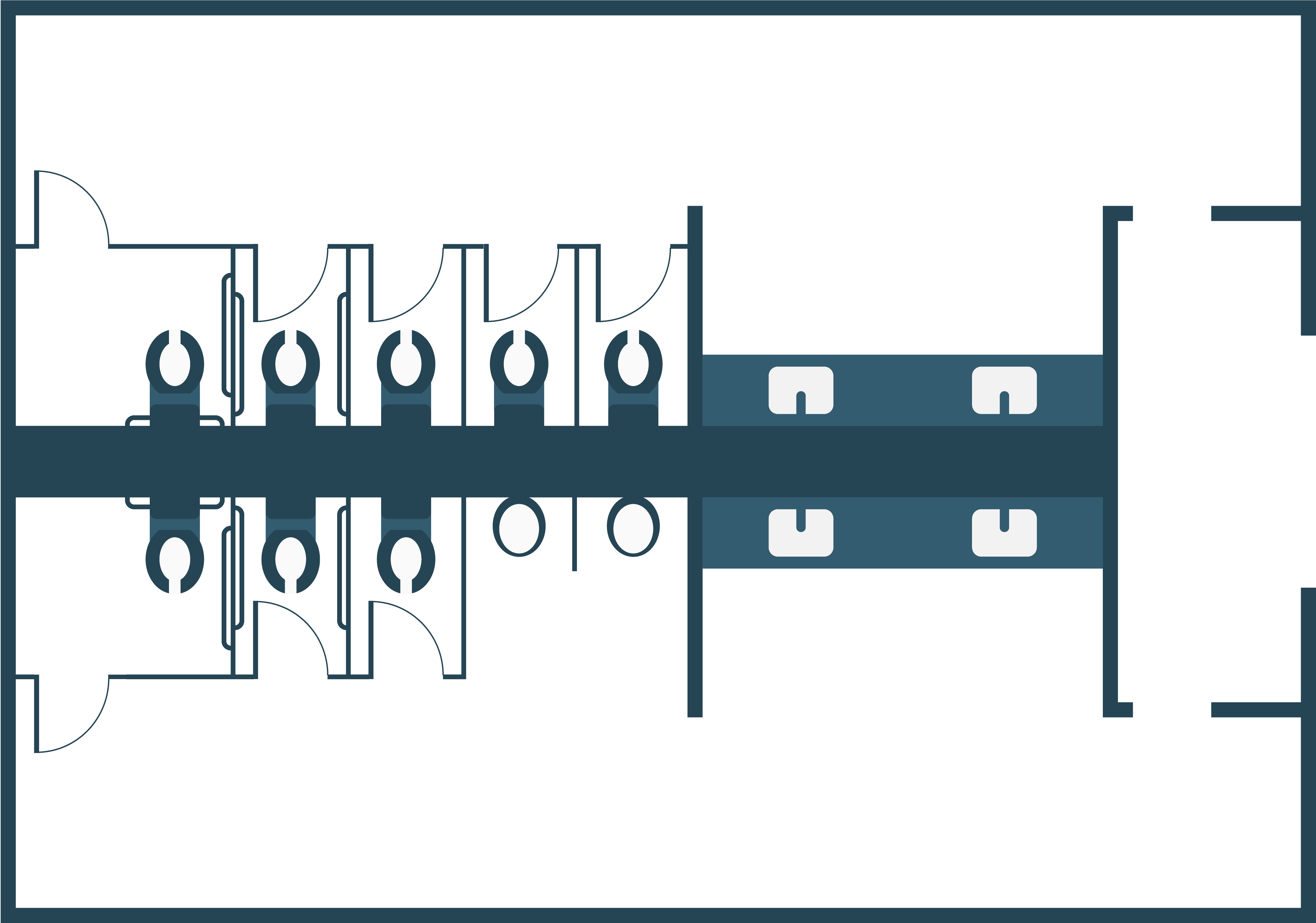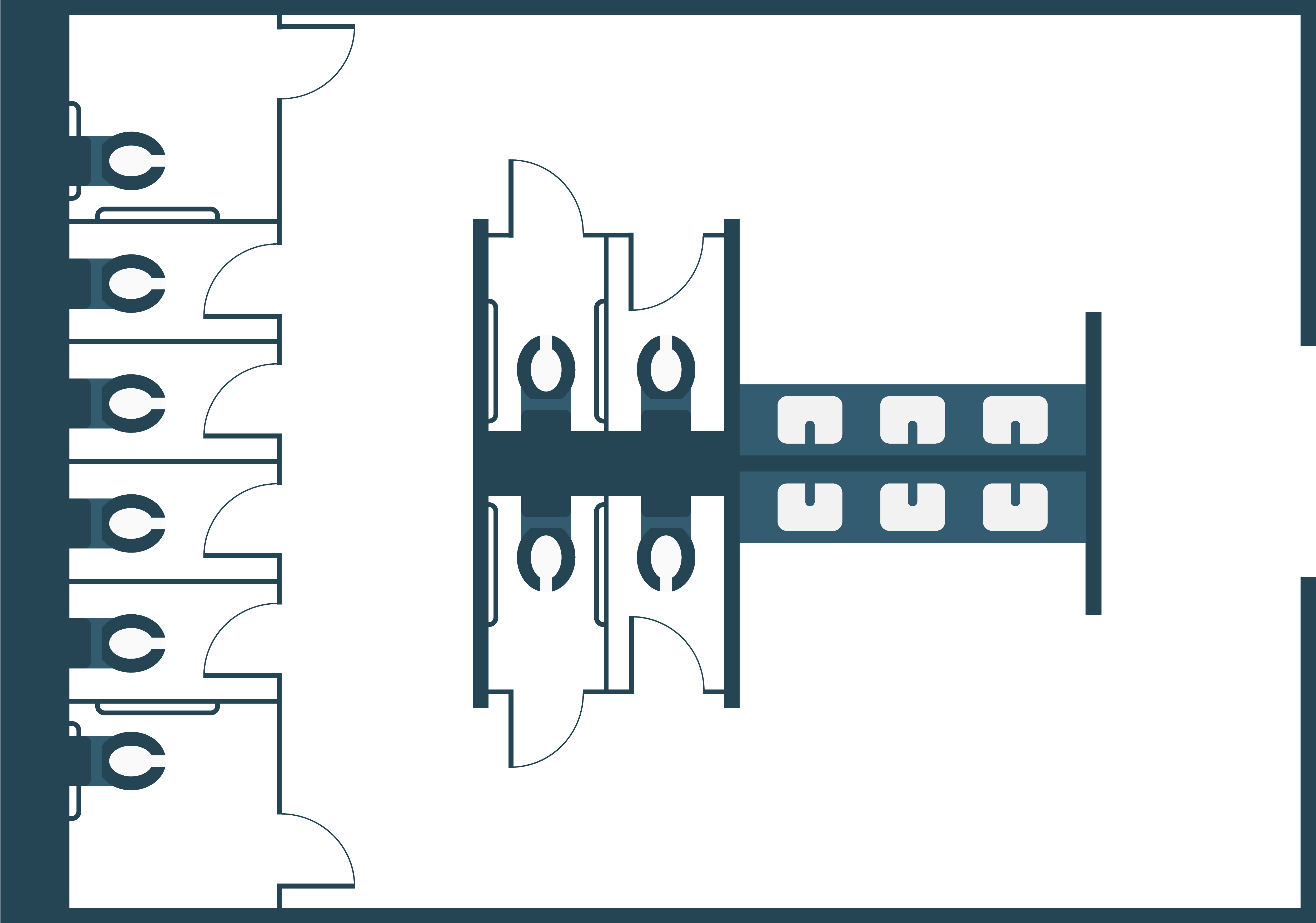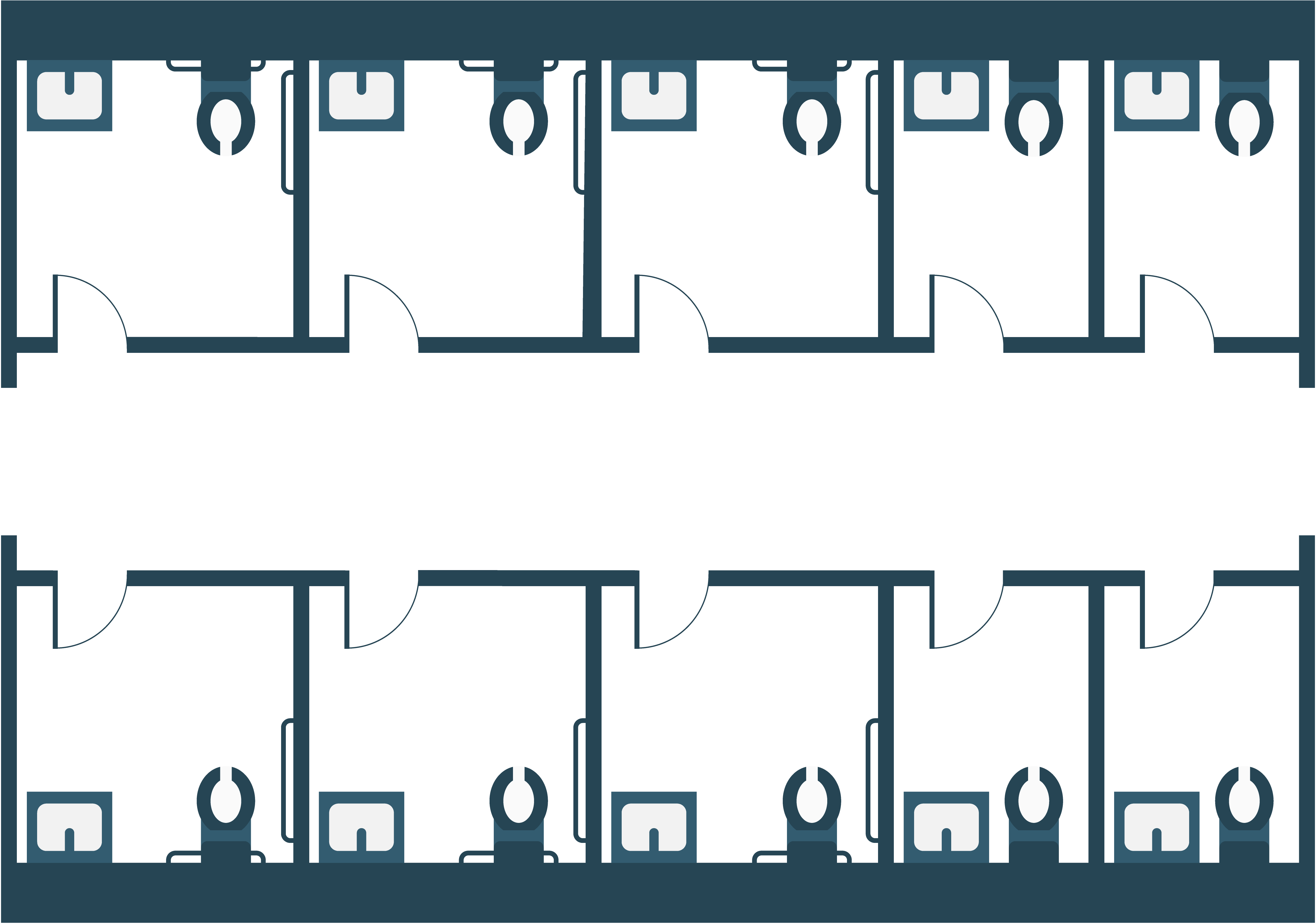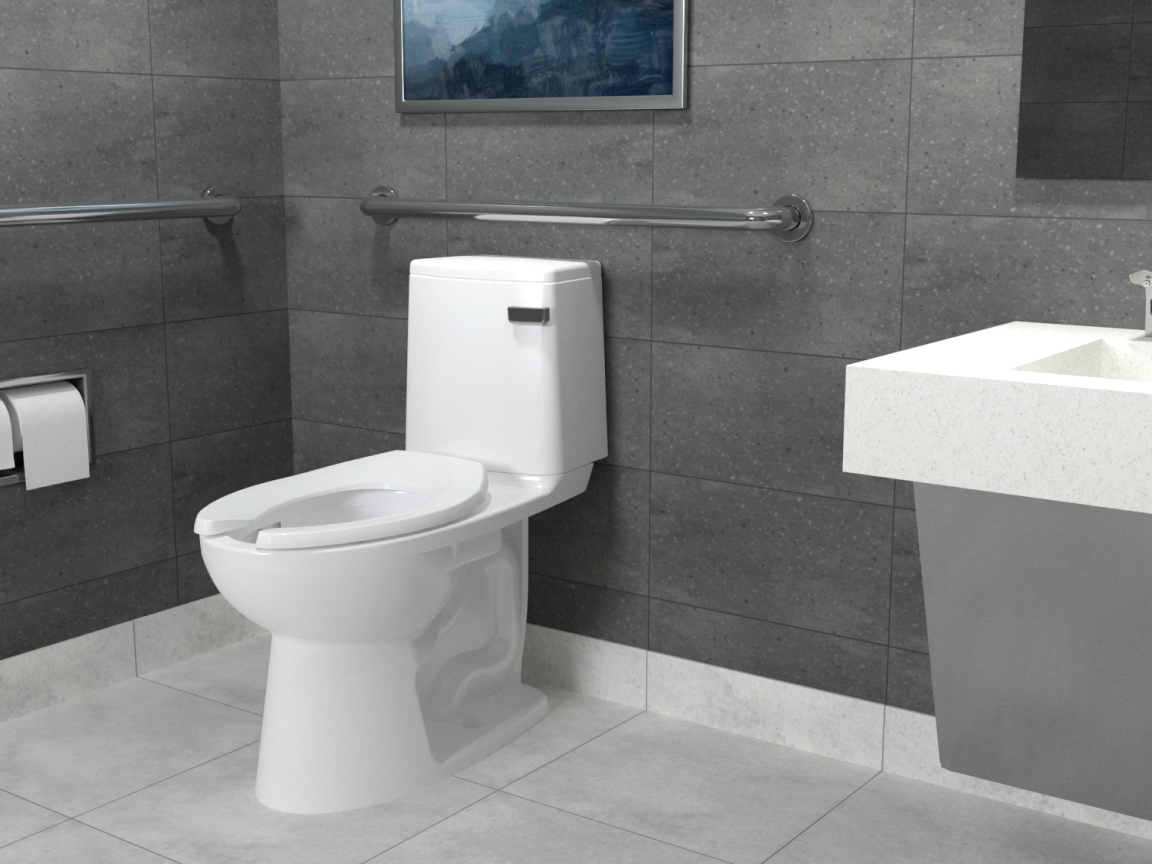Who can use which public restroom? It’s a question with answers that never stop evolving.
Public family restrooms weren’t introduced until the 1990s. Until then, parents accompanying multiple kids — or dads with young daughters and moms with young sons — had to either bring their kids into the “wrong” restroom or go into the “wrong” restroom themselves.
Today, the question centers around whether people have the right to use the restroom that aligns with their gender identity. But if you’re a building owner, architect, designer, or engineer creating new commercial restrooms, that’s not the question you should be asking.
You should ask, “What kind of restroom will be best for this business or facility?” Based on studies, the answer is a gender-neutral restroom, of one form or another. Here’s a closer look.
Laws and Standards about Gender-Neutral Restrooms
First, let’s look at laws and industry standards governing gender-neutral restrooms.
Sixteen U.S. states have passed laws prohibiting transgender people from using bathrooms and facilities consistent with their gender identity.1 However, these laws only apply to schools and other government-owned buildings, and they do not apply to what kinds of restrooms facilities may build.
On the other hand, at least five U.S. states and several municipalities have enacted laws mandating that single-occupancy restrooms in public spaces be designated as gender-neutral.2 And the 2021 International Building Code/International Plumbing Code (IBC/IPC) includes two specific amendments that for the first time enforce and support all-gender options.3
Laws and standards may change, of course, but for the time being there are no U.S. laws dictating what kind of multiple-occupancy restrooms a facility may construct, and international standards support gender-neutral facilities.
In short, it’s your call. What will you build?
A Ground-breaking Public Restroom Study
Public restrooms are a necessity for everyone, regardless of gender identity. They’re essential for personal hygiene and health, and they offer a space for people to change diapers, wash hands, and take care of personal needs. It seems obvious that the most important consideration for a restroom design is that it helps as many users feel as comfortable as possible.
In 2022, IA Architects released a groundbreaking study based on a survey of 1,500 U.S. workers.4 It proposed three restroom scenarios and asked people which ones they’d feel comfortable using.
Traditional multi-use restrooms, segregated by gender, each containing multiple stalls (and urinals for men’s rooms) and common sink facilities.

69% of workers felt comfortable with this set-up, but only 53% of LGBTQ+ workers agreed, and fewer than 25% of trans or non-binary workers felt comfortable with it.
Shared all-gender restrooms, with private, individual stalls and a common sink area for all users.

This design was less popular for all users (35%) and LGBTQ+ workers (44%), though more comfortable for trans (65%) or non-binary (55%) workers.
“Privacy for all” restrooms, which give each user their own toilet and sink within the same stall, were rated as comfortable by the largest percentages of all groups surveyed.

75% of all workers, 86% of LGBTQ+ workers, 91% of trans workers, and 90% of non-binary workers said they would feel comfortable using this restroom design.
The “privacy for all” setup seems to please the highest percentage of workers — but it’s estimated to cost 35% more than traditional multi-use restrooms. (Also, it should be noted that the study did not survey people who might use these restrooms in large public facilities such as airports or entertainment venues.) Building managers should weigh this expense against the potential value of long-term employee satisfaction and retention: Is it worth a larger up-front investment to keep more workers comfortable over a period of several years?
Making Commercial Restrooms More Comfortable
IA Architects found that 78% of all respondents agreed that workplace inclusivity was important to them — and, for those aged 24-35, the figure was 85%. And helping diverse sets of people feel comfortable in the space where they attend to their most personal needs is an important facet of inclusivity.
The report also suggested additional modifications which could be used to make existing restrooms feel more comfortable and private without altering floor plans:
- Full-height partitions or walls between stalls
- Sound-insulated partitions or walls
- On/off visual devices to indicate when stalls are in use
- Added white noise or music to soften sound
- Personal hygiene products in every stall
Whether you’re designing completely new restrooms or updating existing ones, it’s important to keep an open mind about gender-neutral design and other ways to help restrooms feel more comfortable and private. Restroom design should always evolve to keep pace with society’s needs.
For ideas and solutions about making your next commercial restroom design more inclusive, contact Sloan!
Notes:
1Movement Advancement Project, “Bans on Transgender People Using Public Bathrooms and Facilities According to their Gender Identity,” February 2025
2FindLaw, “Transgender People and Bathroom Access Laws,” June 2023
3FacilitiesNet, “The Future of Inclusive Restroom Design”
4IA Interior Architects, “The Restroom Revolution: The Future of Inclusive Restroom Design,” October 2022
Manténgase al Día
Regístrese para recibir notificaciones por correo electrónico y actualizaciones del blog de Sloan
